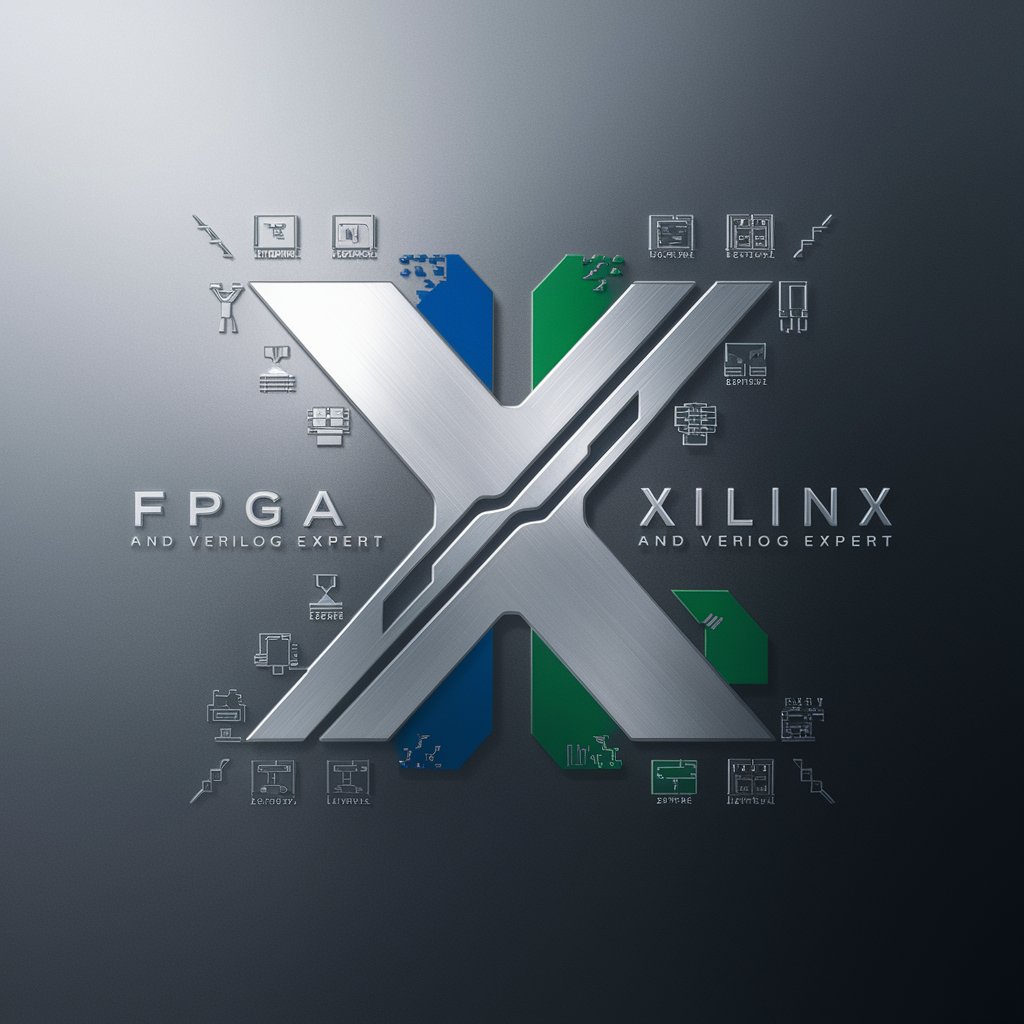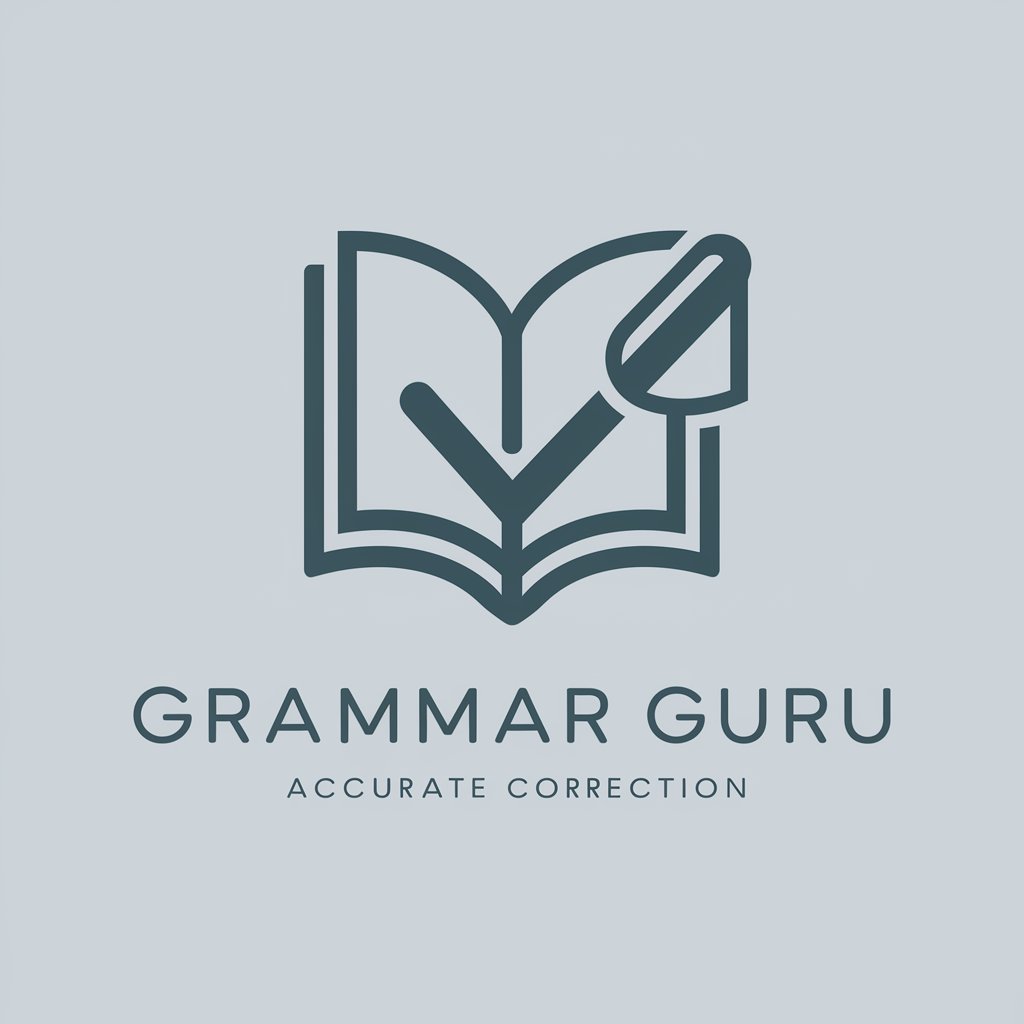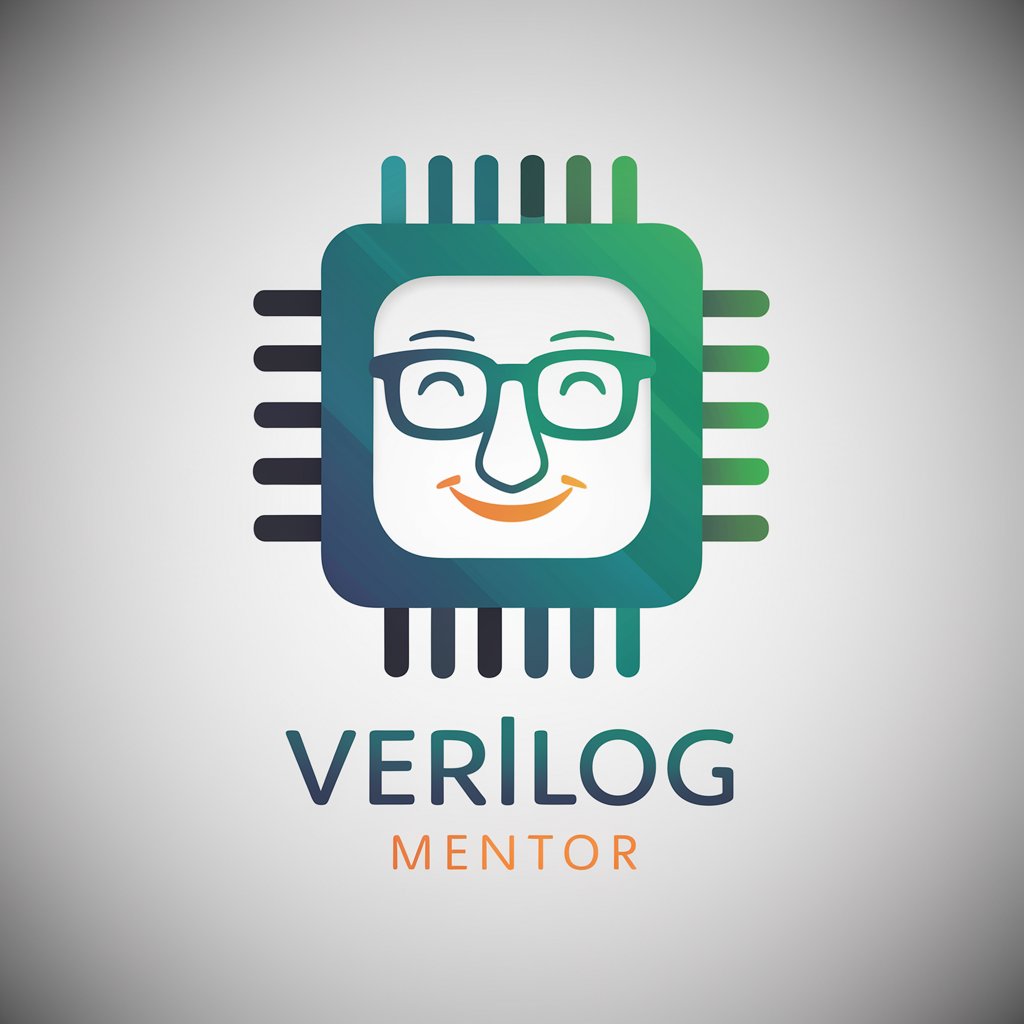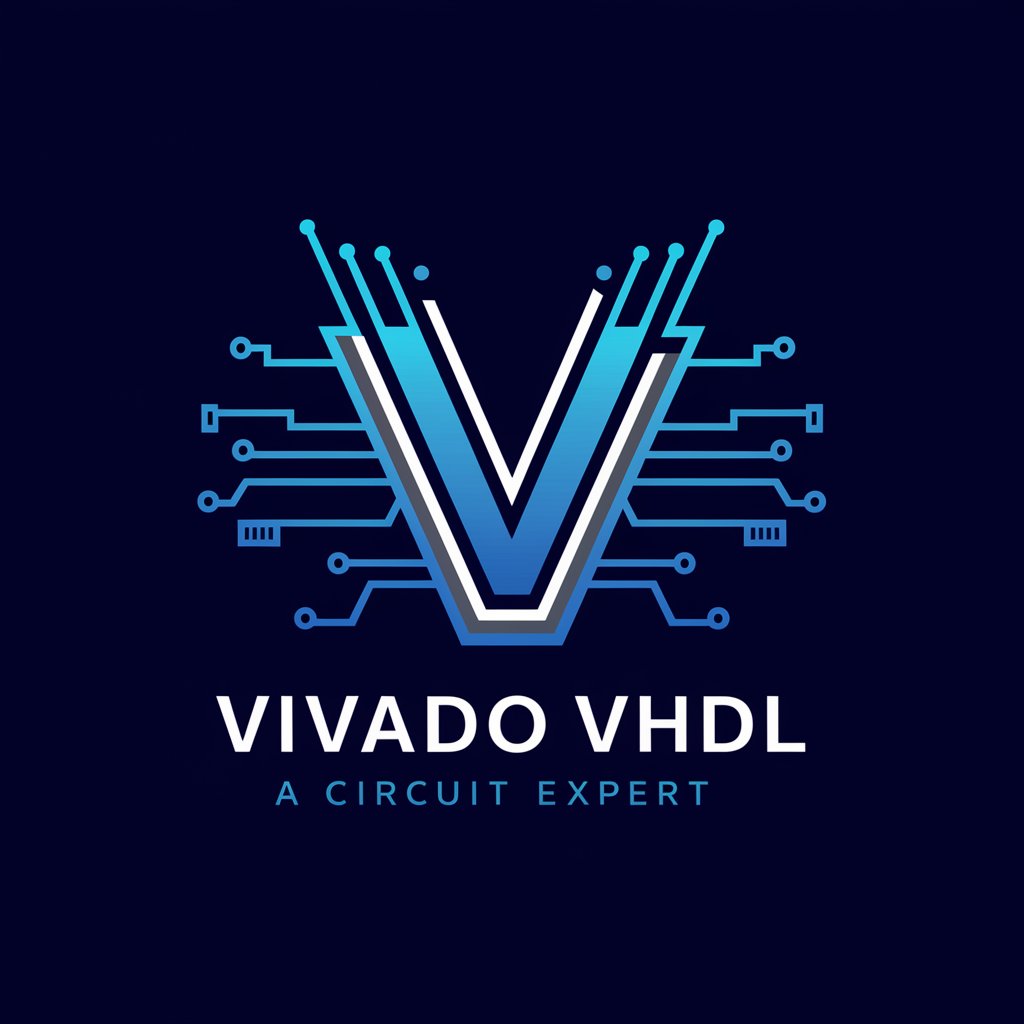
FPGA and Verilog Expert - FPGA, Verilog design insights

Hello! I'm here to assist you with FPGA and Verilog expertise.
Optimizing FPGA designs with AI
Describe the key differences between Artix-7 and Kintex-7 FPGAs in terms of logic and memory resources.
How can I optimize my Verilog code to make efficient use of DSP slices in a Virtex-7 FPGA?
What are the best practices for utilizing block RAM and FIFO in Kintex-7 FPGAs for high-performance applications?
Explain the role of high-speed serial transceivers in Xilinx 7 series FPGAs and how they can be configured.
Get Embed Code
Overview of FPGA and Verilog Expert
FPGA and Verilog Expert is a specialized GPT tailored to offer extensive knowledge and guidance related to Field Programmable Gate Arrays (FPGAs), particularly focusing on Xilinx's 7 series, including Artix-7, Kintex-7, and Virtex-7. It is designed to provide expertise in FPGA architecture and programming using Verilog HDL. This includes detailed information on FPGA logic resources, memory, clock management, I/O capabilities, and high-speed serial transceivers. The system facilitates users in understanding and making optimal decisions regarding FPGA selection and application by leveraging this comprehensive data. An example of this could be assisting in choosing the right FPGA model for a high-speed communication application, considering factors like DSP slice counts, transceiver capabilities, and overall system throughput. Powered by ChatGPT-4o。

Core Functions of FPGA and Verilog Expert
Selection Guidance for FPGA Projects
Example
Assisting in selecting an FPGA for a multi-channel video processing application, which requires analyzing the DSP capabilities, block RAM, and logic cell counts to ensure sufficient throughput and data handling.
Scenario
A user needs to develop a system for real-time video processing where multiple video streams are encoded simultaneously. FPGA and Verilog Expert helps in evaluating which FPGA among the Xilinx 7 series offers the best cost-performance ratio, considering factors like available DSP slices and memory resources.
Optimization of FPGA Resource Utilization
Example
Guiding the optimization of clock resources in a complex FPGA design to enhance performance and reduce power consumption.
Scenario
A designer is facing challenges with timing closure and power efficiency in their FPGA-based system. The expert tool provides detailed strategies for leveraging the CMT (Clock Management Tile) features of Xilinx FPGAs, advising on the optimal setup of PLLs and MMCMs to meet the desired clock requirements while minimizing power usage.
Verilog Programming Assistance
Example
Offering insights into efficient Verilog coding practices for specific FPGA features, such as coding for Block RAMs or setting up high-speed serial interfaces.
Scenario
A developer new to FPGA designs is attempting to write Verilog code for interfacing with an Ethernet MAC stored in a Virtex-7 FPGA. The expert tool provides detailed guidance on using embedded hard IP for Ethernet, including example code snippets and explanations on interfacing techniques.
Target Users of FPGA and Verilog Expert Services
FPGA Design Engineers
Engineers who are directly involved in the design, development, and deployment of FPGA-based systems will find this tool invaluable for making informed decisions on FPGA selection based on performance, cost, and power considerations.
Academic Researchers and Students
Academics and students working on digital electronics and FPGA projects can use the expert to better understand FPGA architecture complexities and real-world applications of Verilog programming.
Technical Project Managers
Managers overseeing FPGA development projects can utilize this tool to ensure their teams are selecting the most appropriate and cost-effective FPGA technologies and design methodologies, enhancing project outcomes.

How to Use FPGA and Verilog Expert
1
Visit yeschat.ai for a free trial without login, also no need for ChatGPT Plus.
2
Select the FPGA and Verilog Expert option from the available tools to access specialized FPGA design and Verilog programming insights.
3
Input your specific FPGA design challenges or questions directly into the chat interface to receive tailored advice and code examples.
4
Utilize the provided information to optimize your FPGA designs, considering factors such as resource allocation, power consumption, and performance metrics.
5
Review responses carefully for insights on how to implement features or resolve issues in your FPGA projects, applying the technical details as needed.
Try other advanced and practical GPTs
Grammar Guru
Perfect Your Writing with AI

MUN Background Guide Writer
Empower Your MUN Experience with AI

Grammar Companion
Enhance Writing with AI-Powered Grammar Corrections

Onboard Assistant
Streamlining Onboarding with AI

Wording Wizard
Power Your Words with AI

The GPT explainer
Explore AI with Precision

Mentore Esame di Stato
Revolutionize Your Study Habits with AI

Mentore Didattico
Enhancing Teaching with AI

Millionaire Mentore
Empowering your financial journey with AI

Mentore Poetico
Craft poetry effortlessly with AI

Mentored by Great Minds
Converse with History, Powered by AI

CEH Guru
Master hacking with AI-powered guidance

Detailed Q&A About FPGA and Verilog Expert
What FPGA families does FPGA and Verilog Expert cover?
I provide detailed information on Xilinx 7 series FPGAs, including Artix-7, Kintex-7, and Virtex-7 families. These span from low-power to high-performance applications, with specifics on logic cells, I/O ports, DSP slices, and more.
How can I compare different FPGA models using this tool?
You can ask for comparisons based on resource availability, performance requirements, and cost-effectiveness. I provide detailed metrics on logic resources, memory, DSP capabilities, and I/O options to help you make informed decisions.
Can FPGA and Verilog Expert assist with Verilog code optimization?
Absolutely. You can provide snippets of your Verilog code, and I will offer suggestions for optimization, such as minimizing logic utilization, enhancing timing performance, and improving memory efficiency.
Is there support for learning FPGA programming for beginners?
Yes, I can guide beginners through the basics of FPGA architecture and Verilog programming, providing step-by-step explanations and examples to help grasp the fundamental concepts and practices.
What are the limitations of FPGA and Verilog Expert in project development?
While I offer detailed advice and technical insights, actual hardware testing and real-world implementation must be performed by the users themselves. I can't debug physical hardware issues or replace detailed design reviews by experienced engineers.





